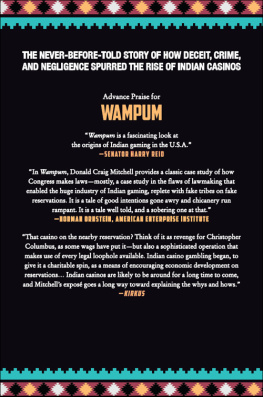Colour, Class and Community The Natal Indian Congress, 19711994
Colour, Class and Community The Natal Indian Congress, 19711994
Ashwin Desai and Goolam Vahed
Published in South Africa by:
Wits University Press
1 Jan Smuts Avenue
Johannesburg 2001
www.witspress.co.za
Copyright Ashwin Desai and Goolam Vahed 2021
Published edition Wits University Press 2021
Cover image African News Agency
First published 2021
http://dx.doi.org.10.18772/12021117151
978-1-77614-715-1 (Paperback)
978-1-77614-716-8 (Hardback)
978-1-77614-717-5 (Web PDF)
978-1-77614-718-2 (EPUB)
All rights reserved. No part of this publication may be reproduced, stored in a retrieval system, or transmitted in any form or by any means, electronic, mechanical, photocopying, recording or otherwise, without the written permission of the publisher, except in accordance with the provisions of the Copyright Act, Act 98 of 1978.
All images remain the property of the copyright holders. The publishers gratefully acknowledge the publishers, institutions and individuals referenced in captions for the use of images. Every effort has been made to locate the original copyright holders of the images reproduced here; please contact Wits University Press in case of any omissions or errors.
Project manager: Elaine Williams
Copyeditor: Lisa Compton
Proofreader: Tessa Botha
Indexer: Margaret Ramsay
Cover design: Hybrid Creative
Typeset in 11.5 point Crimson
Contents
T he impetus for this study was enhanced by conversations with Yunus Carrim and his willingness to share information with us. We would like to say a special thank you to those NIC members who so readily shared their experiences with us in person, via email or telephonically. It is unfortunate that others who could have provided insights have either passed on, were ill or were unavailable to contribute to this study. The names of those whom we interviewed are listed in the Bibliography.
We wish to acknowledge the work of Iain Edwards, whose studies of Natoo Babenia and Mewa Ramgobin are invaluable. Shireen Hassim has likewise made a valuable contribution in compiling Fatima Meers key writings. Interviews with Congress activists conducted over the years by Julie Frederikse, Gail Gerhart, Jeremy Seekings and Padraig OMalley are another important historical source that we draw upon.
We would also like to thank staff at the Killie Campbell Library, the Alan Paton Archives at the University of KwaZulu-Natal, the South African History Archives, the William Cullen Library at the University of Witwatersrand, and the Gandhi-Luthuli Documentation Centre at the University of KwaZulu-Natal who provided transcripts of various interviews held in their collections. Thanks also to the many individuals and organisations who supplied photographs. They are acknowledged in the text.
We are grateful for the valuable feedback provided by the anonymous peer reviewers. We would also like to thank Roshan Cader and the team at Wits University Press for their support and professionalism in seeing this study to completion.
ANC | African National Congress |
AWB | Afrikaner Weerstandsbeweging |
AZAPO | Azanian Peoples Organisation |
BC | Black Consciousness |
BCM | Black Consciousness Movement |
BPC | Black Peoples Convention |
CBD | central business district |
CHAC | Chatsworth Housing Action Committee |
CODESA | Convention for a Democratic South Africa |
COSAS | Congress of South African Students |
COSATU | Congress of South African Trade Unions |
CRC | Coloured Representative Council |
DHAC | Durban Housing Action Committee |
EFF | Economic Freedom Fighters |
HOD | House of Delegates |
IFP | Inkatha Freedom Party |
LAC | local affairs committee |
MDM | Mass Democratic Movement |
MF | Minority Front |
MK | Umkhonto we Sizwe |
MP | member of Parliament |
NEC | National Executive Committee |
NEUM | Non-European Unity Movement |
NGO | non-governmental organisation |
NIC | Natal Indian Congress |
NIS | National Intelligence Service |
NP | National Party |
NUSAS | National Union of South African Students |
PAC | Pan Africanist Congress |
PWC | Phoenix Working Committee |
RC | Revolutionary Council |
RDP | Reconstruction and Development Programme |
REC | Regional Executive Committee |
RMC | Release Mandela Committee |
SACP | South African Communist Party |
SADF | South African Defence Force |
SAIC | South African Indian Council |
SARS | South African Revenue Service |
SASO | South African Students Organisation |
SRC | Student Representative Council |
TIC | Transvaal Indian Congress |
TRC | Truth and Reconciliation Commission |
UDF | United Democratic Front |
UDW | University of Durban-Westville |
UN | United Nations |
US | United States |
T he pre-eminent political organisation among Indians in South Africa through the first half of the 20th century was the Natal Indian Congress (NIC), founded by Mohandas K. Gandhi in 1894. In the 1940s a battle for the soul of the NIC was fought between groups dubbed moderates and radicals. The latter group, under the leadership of Dr Monty Naicker, emerged victorious, with Dr Kesaveloo Goonam, a fellow student of Naickers at Edinburgh University in the 1930s, becoming vice-president of the NIC, the first woman to hold this position. The NIC entered into an alliance with the African National Congress (ANC) in the 1950s. It was a dramatic move for the NIC, which, for the first half of the twentieth century, had shied away from alliances with Africans. In a series of momentous pioneering moves, the NIC joined with the ANC in the 1952 Defiance Campaign, and rallied behind the Freedom Charter adopted in 1955 at the Congress of the People in Kliptown. Through these actions, NIC leaders were pronouncing that the freedom of Indians was inextricably tied to the liberation of the African majority.


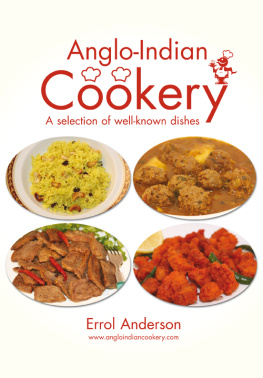
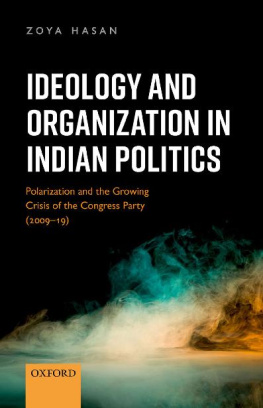
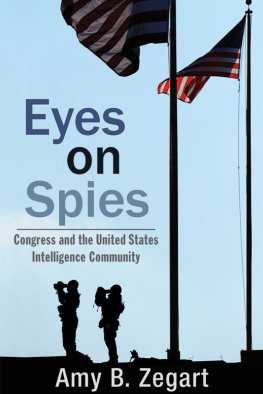
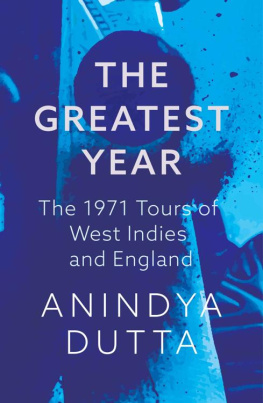
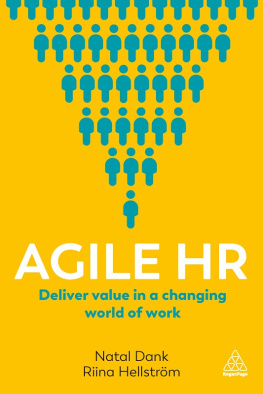

![Kevin B. Burk - Principles of Practical Natal Astrology: Talented Astrologer Training Book 1 [FIXED Layout EPUB]](/uploads/posts/book/156304/thumbs/kevin-b-burk-principles-of-practical-natal.jpg)
